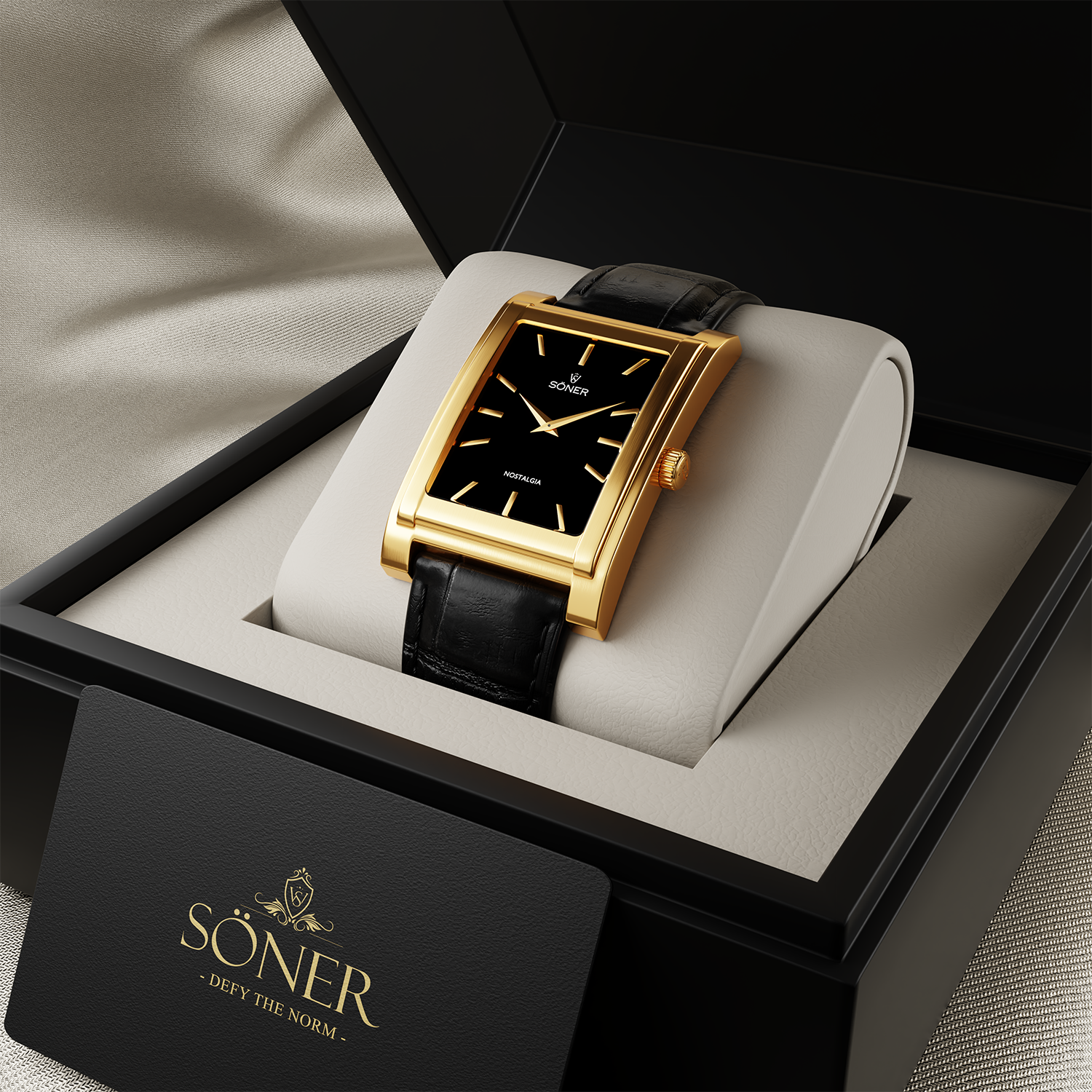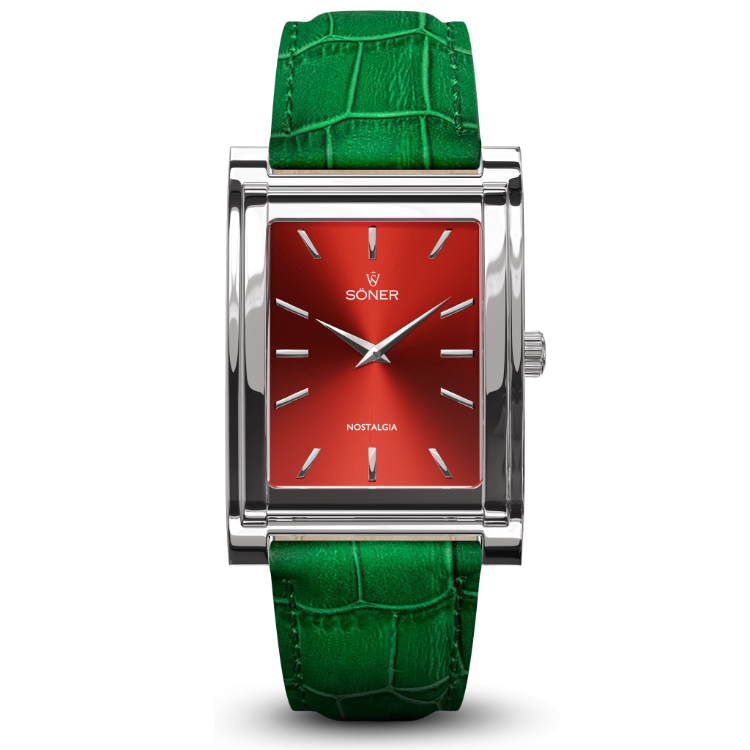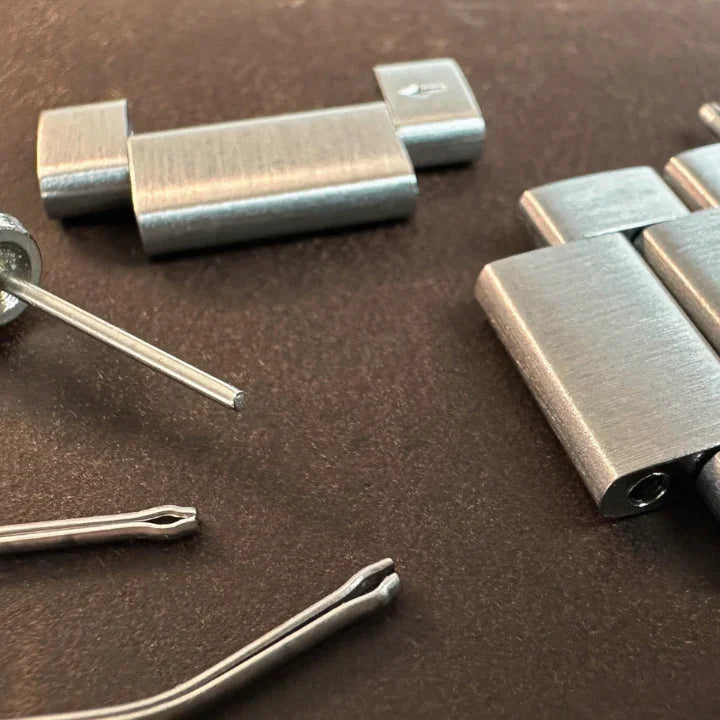Table of Contents
How does watch lume work?
The luminescent material on a watch, commonly referred to as 'lume,' is a fascinating feature that enhances the functionality and aesthetic appeal of timepieces. It allows for easy time reading in low light conditions, making it a crucial element in the design of watches. But how does watch lume work? In this comprehensive exploration, we will delve into the science behind watch lume, its history, types, and application process.

The Science Behind Watch Lume
The science behind watch lume is based on the principle of photoluminescence. Photoluminescence is a process where a substance absorbs photons (light energy) and then re-emits them, resulting in a glow. The lume on a watch dial or hands absorbs light and then re-emits it in darker conditions, allowing for visibility.
It's important to note that the brightness and duration of the glow depend on the type of luminescent material used and the amount of light it has absorbed. The lume needs exposure to light to 'charge,' and the glow will gradually fade as the stored energy is released.
History of Watch Lume
Understanding the history of watch lume provides insight into its evolution and improvements over time. The use of luminescent material on watches dates back to the early 20th century. During this period, radium was the primary substance used due to its self-luminous properties.

However, radium is highly radioactive and posed significant health risks to the workers who painted the watch dials. By the mid-20th century, safer alternatives like tritium, a low-radiation substance, were introduced. Today, non-radioactive materials such as Super-LumiNova and LumiBrite are commonly used.
Radium Era
The radium era marked the beginning of luminescent watches. Radium is a radioactive material that glows on its own without the need for light exposure. This made it an ideal choice for watches at the time.
However, the use of radium had severe health implications for the factory workers who painted the watch dials, leading to numerous cases of radiation sickness and death. This dark period in watchmaking history led to significant changes in safety regulations and practices in the industry.
Tritium Era
Following the radium era, tritium became the preferred luminescent material for watches. Tritium is a radioactive isotope of hydrogen but is much safer than radium. It emits beta particles, which are unable to penetrate the skin, reducing the risk of radiation exposure.
Watches with tritium lume are marked with a 'T' on the dial. However, tritium lume has a half-life of about 12 years, meaning the brightness of the lume diminishes over time.
Modern Lume Materials
Today, most watch manufacturers use non-radioactive luminescent materials. Super-LumiNova, developed by the Japanese company Nemoto & Co., is one of the most popular choices. It's a photoluminescent pigment that's safe, efficient, and available in various colors.
Another commonly used material is LumiBrite, a Seiko-developed lume that's similar to Super-LumiNova but is claimed to be brighter and longer-lasting. These modern lume materials have significantly improved the safety, performance, and aesthetics of luminescent watches.
Application of Watch Lume
The application of watch lume is a meticulous process that requires precision and skill. The lume is typically applied to the hands and hour markers of the watch dial, but it can also be used on the bezel or other parts of the watch for enhanced visibility.

The lume is mixed with a binder to form a paint, which is then carefully applied to the desired areas using a fine brush. The watch parts are then heated in an oven to cure the lume. This process can be repeated several times to achieve the desired brightness.
It's worth noting that the application process can vary depending on the type of lume and the specific requirements of the watch design. Some high-end watch brands use innovative techniques to apply lume, such as Rolex's Chromalight display, where the lume is applied in a very thick layer for a brighter and longer-lasting glow.
Conclusion
Watch lume is a fascinating feature that combines science, history, and artistry. It enhances the functionality of watches by enabling time reading in low light conditions, and adds an aesthetic appeal that many watch enthusiasts appreciate.
From the early days of the hazardous radium lume to the modern, safe, and efficient luminescent materials like Super-LumiNova and LumiBrite, the evolution of watch lume reflects the continuous advancements in watchmaking technology and practices. As we continue to push the boundaries of innovation, who knows what the future holds for watch lume?

As you marvel at the innovation of watch lume and its ability to illuminate time in the darkest hours, imagine that brilliance encapsulated in a unique, square design that sets you apart from the crowd. Söner Watches invites you to Discover our watch collections, where each timepiece is a statement of defiance against the ordinary. Embrace the exclusivity of the only brand in the world dedicated to analog square watches, and let your Söner be the luminescent beacon on your wrist that not only tells time but tells your story.


















































